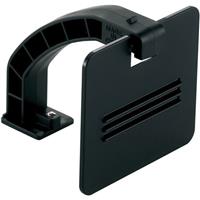Josh220
No longer a newbie, moving up!
- Joined
- May 23, 2009
- Messages
- 1,730
- Reaction score
- 83
- Location
- California
- Can others edit my Photos
- Photos NOT OK to edit
Hey guys,
So after referring to the manual on both my D300 and SB-600, it would appear that the only way I can fire the SB-600 is by using the on-camera flash as the commander. Am I missing something, or is this correct?
What would be the best alternative to using the on-camera flash, and without using any wires? Get a SB-800 or 900 and use the SB-600 as a slave?
Thanks!
So after referring to the manual on both my D300 and SB-600, it would appear that the only way I can fire the SB-600 is by using the on-camera flash as the commander. Am I missing something, or is this correct?
What would be the best alternative to using the on-camera flash, and without using any wires? Get a SB-800 or 900 and use the SB-600 as a slave?
Thanks!





![[No title]](/data/xfmg/thumbnail/36/36398-33d875428a7eefdf5b31188ec0f555a5.jpg?1734168784)




![[No title]](/data/xfmg/thumbnail/34/34082-cb4fe628070c391a1a71b4fdcc58f400.jpg?1734164516)

![[No title]](/data/xfmg/thumbnail/41/41782-daa26990361bf4193a874908bda10dbb.jpg?1734176088)
![[No title]](/data/xfmg/thumbnail/34/34083-76406a409bc520ead3cc11af09ebd257.jpg?1734164516)
